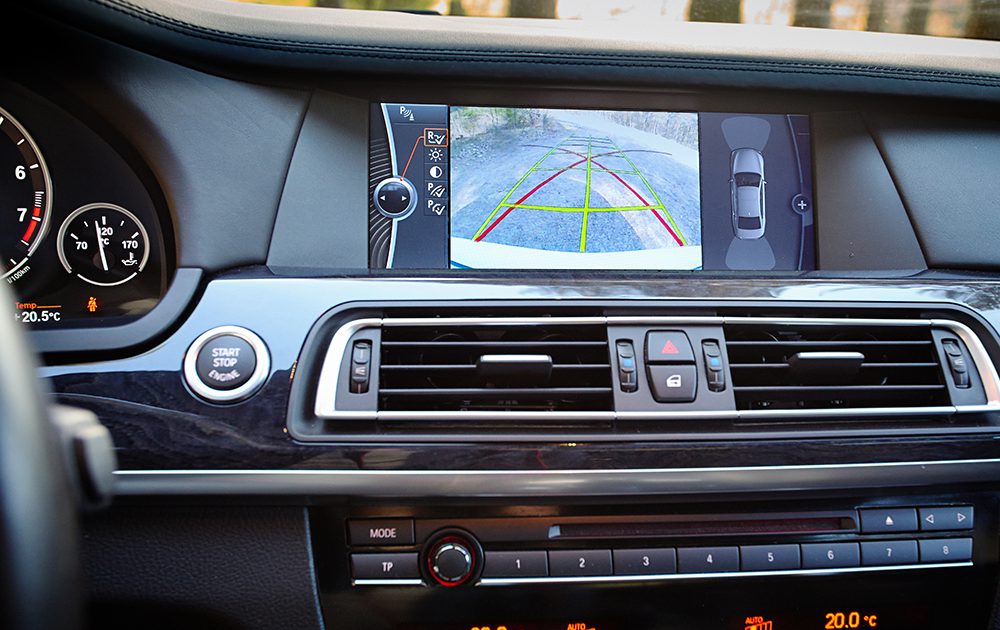Take Caution with Rearview Cameras
Rearview cameras make life a lot easier when you’re behind the wheel. This view covers the massive blind spot that most vehicles have when operating in reverse. Federal law in the United States requires all new cars, trucks, and other vehicles weighing less than five tons to come equipped with this technology.

A rearview mirror has long been a fundamental component of the driving experience. Having a camera that can let you see behind your vehicle is helpful, but it isn’t a 100% perfect technology. There are plenty of benefits, but you’ll also want to keep checking around your car with your eyes.
Benefits of Using Rearview Cameras
The obvious benefit of this technology is that it provides another view that’s directly behind your vehicle. That means it can prevent injuries or potentially fatal incidents. Drivers can eliminate blind spots because the image goes beyond what the width of the mirror can produce.
It is much easier to park a vehicle when using this technology if you need to back up into the spot. If you’re getting too close to an obstacle, then a warning tone typically sounds.
When you tow a trailer, having a backup camera is helpful because you can keep the vehicle in line with your hitch. Line colors or audible sensors let you know your distances. Some cars even give you the option to see behind your trailer to understand what might be out there.
Common Issues with Rearview Cameras
Backup cameras make it easier to see people or objects that are behind your car that you wouldn’t spot with your mirrors or by turning your head. It gives you a clear picture of what’s directly behind the vehicle.
Except when it doesn’t.
The most common issue that drivers experience with their rearview camera is poor image quality. That’s why cleaning the lens with a soft cloth a few times per month is helpful. You’ll get rid of the grime, snow, or debris that blocks your view.
Some wireless systems can experience interference problems that interrupt the video signal from the camera. That means you might not be able to see anything at all.
Technology is helpful when it works – and not so much when it stops functioning. A malfunction with the camera, monitor, or other components of the system can also leave you without a picture. You may need to speak with a qualified mechanic about this issue if you experience it.
When you remember that a rearview camera isn’t a replacement for turning to look or using your mirrors, then it becomes an additional safety tool that can reveal a potential hazard.
If your vehicle doesn’t come equipped with one, then speak with your mechanic about the installation of an aftermarket system. A complete setup with a transmitter, camera, and display starts around $100.
